We are quickly approaching a future where the food we eat is drastically different from the food we have today. In this blog post, we will take a look at some of the most delicious and futuristic foods that you will be able to eat in the very near future! These foods are sure to tantalize your taste buds and leave you wanting more. So, without further ado, let’s take a look at some of the most interesting futuristic foods that you will soon be able to enjoy!
Here are some foods that scientists and a few companies are thinking as well as developing for the upcoming years as futuristic foods.
Bugs:
While this may not sound appetizing to everyone, bugs are actually a very nutritious and sustainable source of protein. Insects are high in essential nutrients, including iron, zinc, and copper. They are also a good source of healthy fats and fiber. And they have a very small carbon footprint when compared to other sources of protein, such as beef or pork.
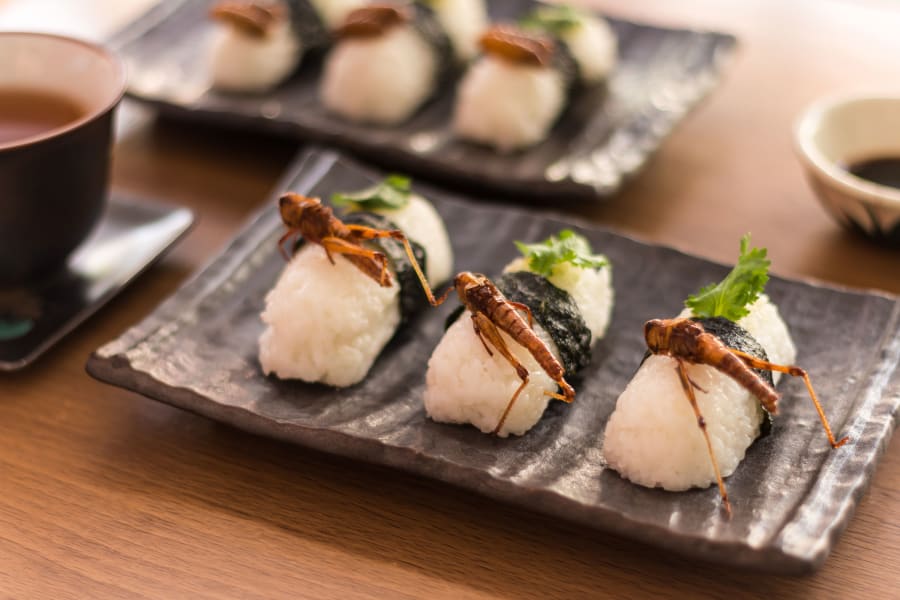
Seaweed:
Algae, also known as seaweed, is a nutrient-dense food that has been consumed for centuries in Asia. In recent years, algae has gained popularity as a superfood due to its high concentration of vitamins, minerals, and antioxidants. It is also a good source of plant-based protein and healthy fats. What makes algae truly unique is its ability to absorb large amounts of carbon dioxide from the atmosphere.
This makes it an important tool in the fight against climate change. It can be used to make a variety of food products, including flour, oil, and supplements. With the world’s population projected to reach 9 billion by 2050, it is clear that we need to find sustainable sources of food. Algae is one possible solution that could help to feed the world in the future.
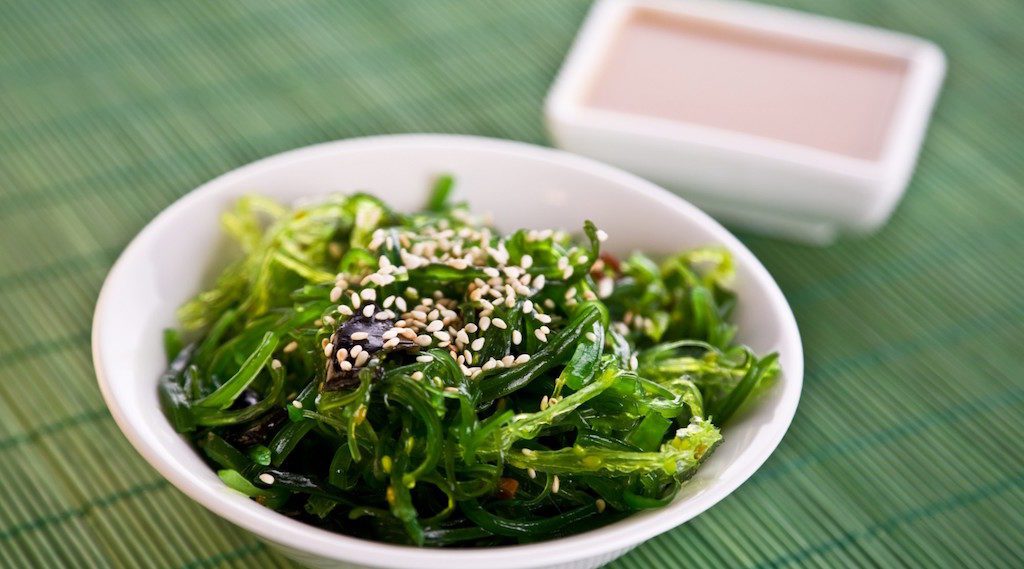
Hydrogenated Vegetable Oil:
Hydrogenated vegetable oil is made by adding hydrogen to vegetable oil in order to solidify it. This process extends the shelf life of the oil and makes it more resistant to spoilage. However, hydrogenated vegetable oils are high in unhealthy trans fats, which have been linked to heart disease and other chronic health conditions.
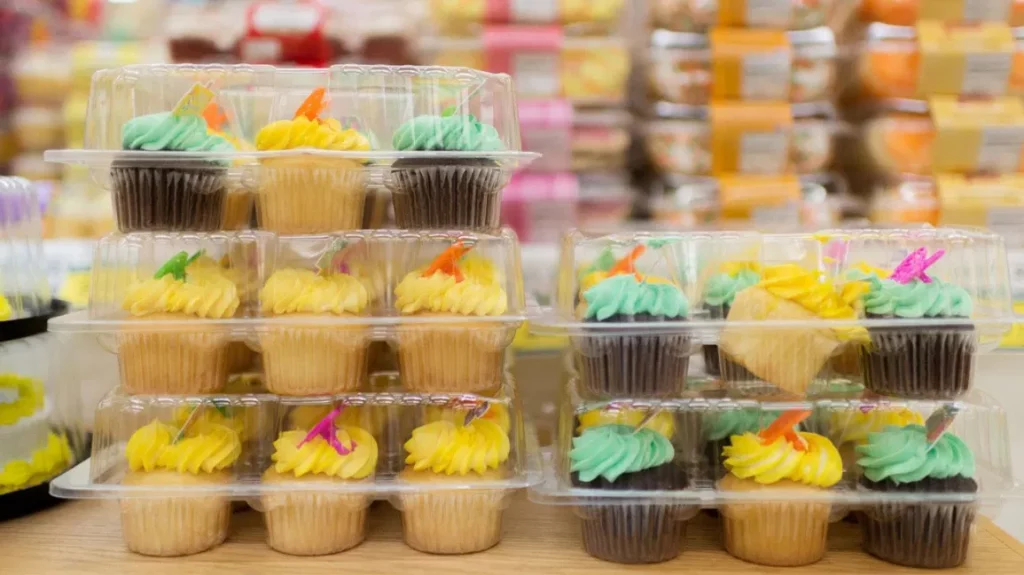
Artificial Sweeteners:
Artificial sweeteners are used to sweeten food and beverages without adding calories. These substances are many times sweeter than sugar, so only a small amount is needed to achieve the desired level of sweetness. However, artificial sweeteners have been linked to a number of health concerns, including cancer and weight gain.
So there you have it! These are just a few of the delicious and interesting foods that you will be able to enjoy in the near future. Keep your eyes peeled for these exciting new foods and be sure to try them out when they become available! You won’t be disappointed! Futuristic foods are definitely something to look forward to!
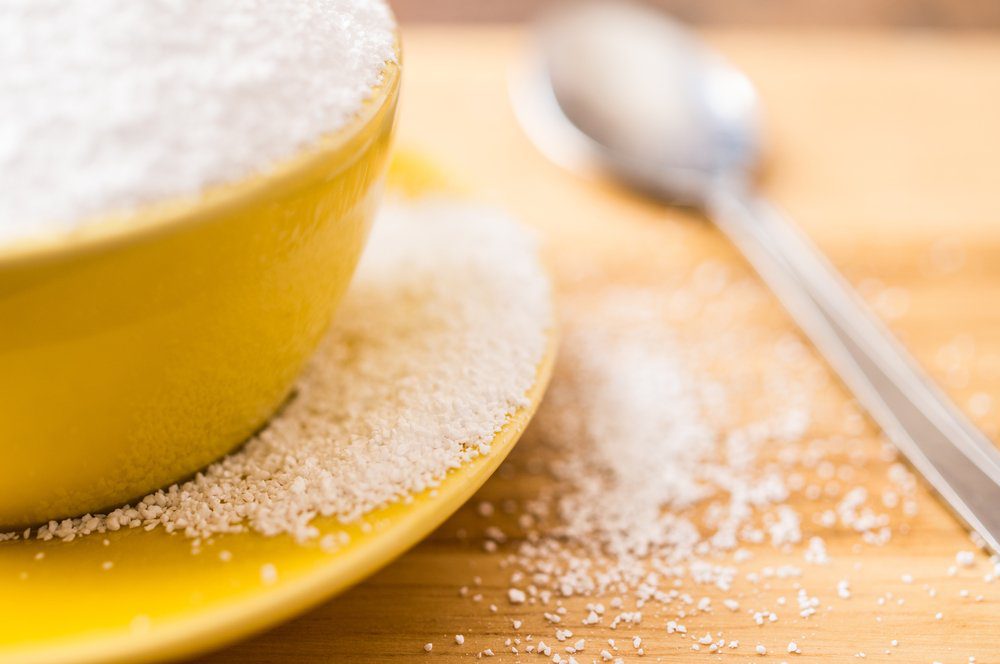
Lab-Grown Meat:
Lab-grown meat is one of the most important futuristic foods that you have to eat soon. The world’s population is expected to reach 9.7 billion by 2050, and there will not be enough land or resources to support traditional farming methods. Lab-grown meat is a sustainable and efficient solution that can help meet the demand for meat without causing environmental damage.
The process of producing lab-grown meat involves taking a small sample of animal cells and growing them in a nutrient-rich solution. This method requires far less land and water than traditional agriculture, and there is no need to slaughter animals. In addition, lab-grown meat is free from antibiotics and hormones, and it has a lower risk of foodborne illnesses. As the world’s population continues to grow, lab-grown meat will become an increasingly important part of the food supply.
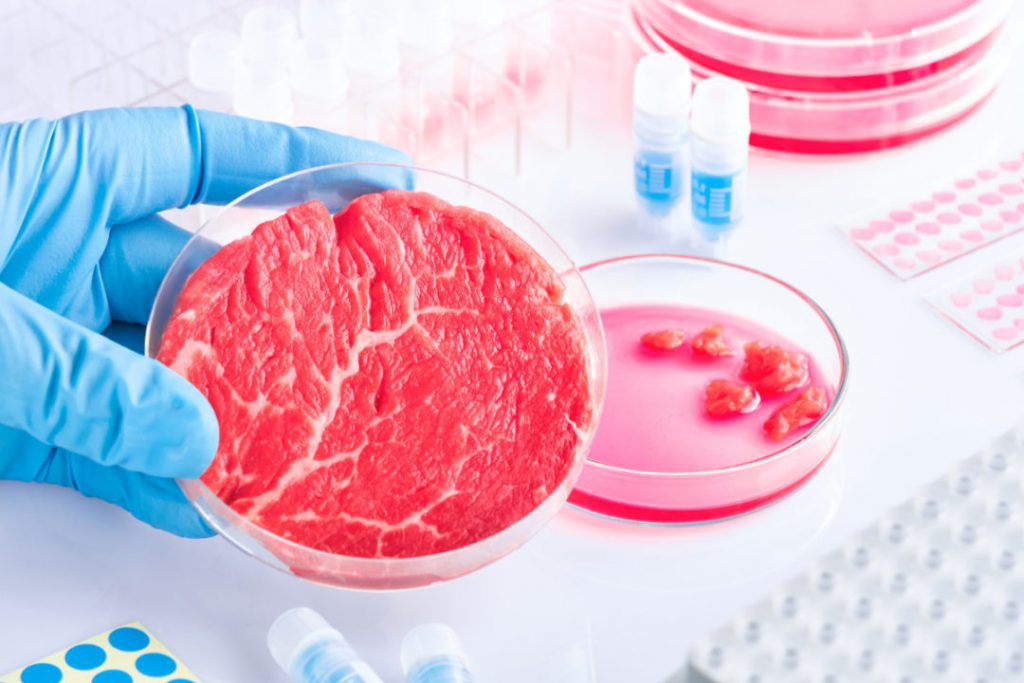
Farmed Fish:
Farmed fish are a sustainable source of protein that can be grown without damaging the environment. In fact, these actually help to improve water quality and provide habitat for other wildlife. Moreover, these are typically lower in contaminants than wild-caught fish. As the world’s population continues to grow, it is important that we find sustainable sources of food that can meet our needs without harming the planet. These are one such solution and should be embraced as a Futuristic Food for the next world.

Fake Fish:
Fake fish is a kind of futuristic food that is gaining popularity. They are made from plant-based ingredients and are designed to taste and feel like the real thing. Why eat fake fish? There are several reasons.
- Fake fish are more sustainable than traditional seafood. They require less water and land to produce, and they generate fewer greenhouse gasses.
- They are a healthier option than traditional seafood. They are typically lower in saturated fat and cholesterol and higher in fiber and omega-3 fatty acids.
- They are more affordable than traditional seafood. As global demand for seafood increases, so does the price of seafood. Fake fish offer a more budget-friendly alternative.
So, if you’re looking for a delicious, sustainable, and healthy option, look no further than fake fish!
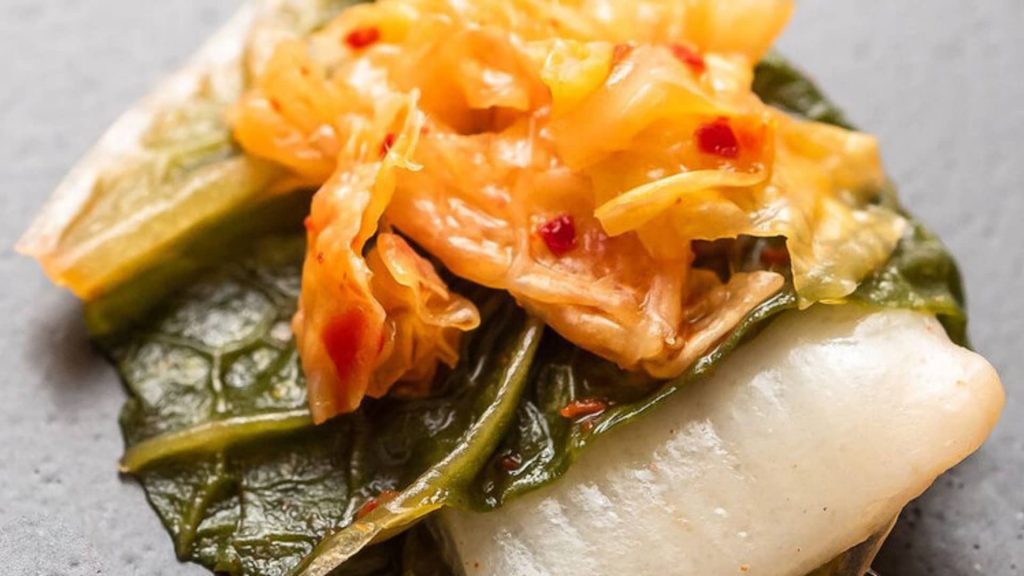
3D Printed Food:
3D printed food might sound like something out of a science fiction movie, but this technology is already being used to create everything from pizzas to chocolates. And as these become more sophisticated, it’s likely that we’ll see even more ambitious culinary creations in the future.
So why is 3D printed food so important? For one thing, it has the potential to be more sustainable than traditional methods of food production. 3D printers can use less water and produce less food waste, since they create dishes one layer at a time. This technology could also be used to print custom meals, using only the ingredients that a person needs. And in the future, these might even be able to print food using alternative proteins, such as insects or algae.
Whether you’re curious about 3D printed food or simply looking for the next best thing to eat, keep an eye out for these futuristic foods. They might just be coming to a kitchen near you sooner than you think.

Beans:
Beans are a type of legume that is high in fiber and protein, making them an excellent addition to any diet. In recent years, beans have been gaining popularity as a “superfood” due to their nutritional benefits. However, beans may also play a significant role in the future food system.
As the world population continues to grow, there will be an increasing demand for food. Beans are a highly efficient crop that can be grown in a variety of climates and conditions. They also have a long shelf life and can be stored for extended periods of time. As a result, beans could become an essential component of the food supply in the future. In addition to their practical advantages, beans are also quite versatile and can be used in a variety of dishes. So if you’re looking for a futuristic food to add to your diet, Beans are a great option!
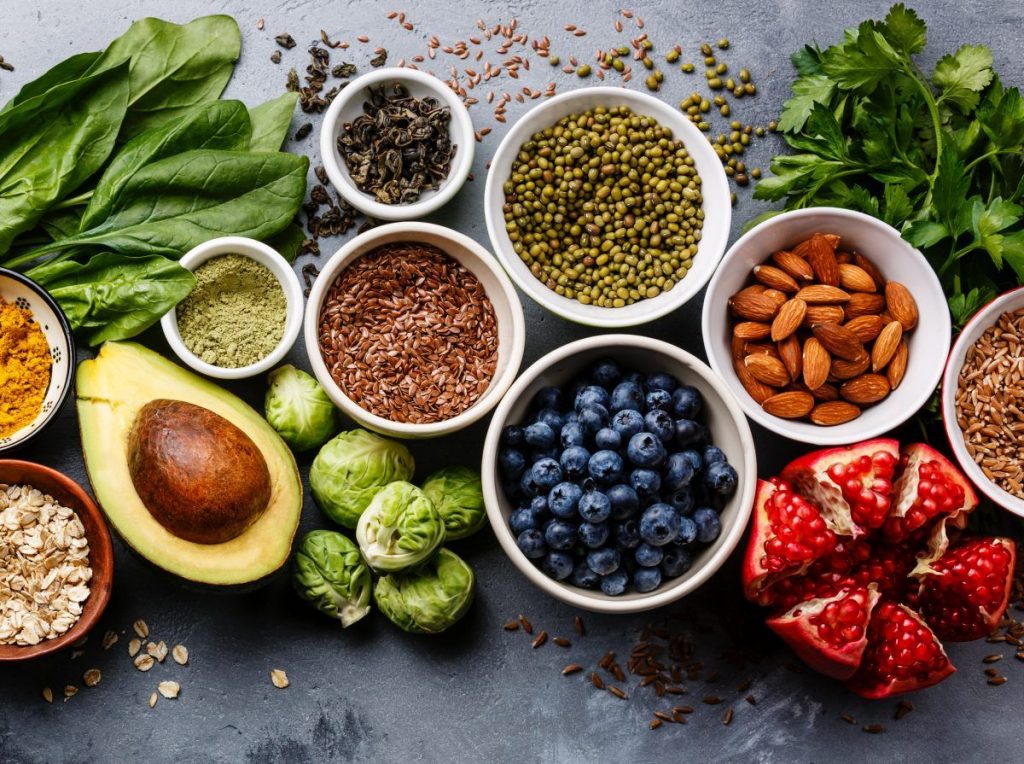
Mushrooms:
Mushrooms are making a big splash in the world of food. These versatile fungi can be used in everything from soups and sauces to burgers and bread. And they’re not just for vegetarians anymore; mushrooms are being embraced by meat-eaters as well.
What makes mushrooms so special? For one, they’re very nutritious. Mushrooms are a good source of protein, fiber, vitamins, and minerals. They’re also low in calories and fat. But more than that, mushrooms are sustainable. They can be grown on spent coffee grounds or other agricultural waste, and they don’t require much water to grow. Mushrooms are an important part of the future food system.
The world’s population is expected to reach 9.7 billion by 2050. That means there will be nearly 2 billion more mouths to feed. The food system will need to become more efficient and sustainable to meet this demand. Mushrooms are a key part of the solution. They can help us meet our future food needs in a nutritious, delicious, and sustainable way. So go ahead and add mushrooms to your shopping list. They just might be the future of food.

Cereals & Grains:
Cereals and grains have long been a staple of the human diet, and they are likely to play an even more important role in the future food system. As the world population continues to grow, the demand for food will increase dramatically. Cereals and grains are an excellent source of nutrients and can be grown in a wide range of environments, making them an ideal choice for future food production. In addition, cereals and grains can be stored for long periods of time, making them a valuable asset in the event of a global food shortage. As the world moves towards a more sustainable future, cereals and grains are likely to play an increasingly important role in the diets of people around the globe.
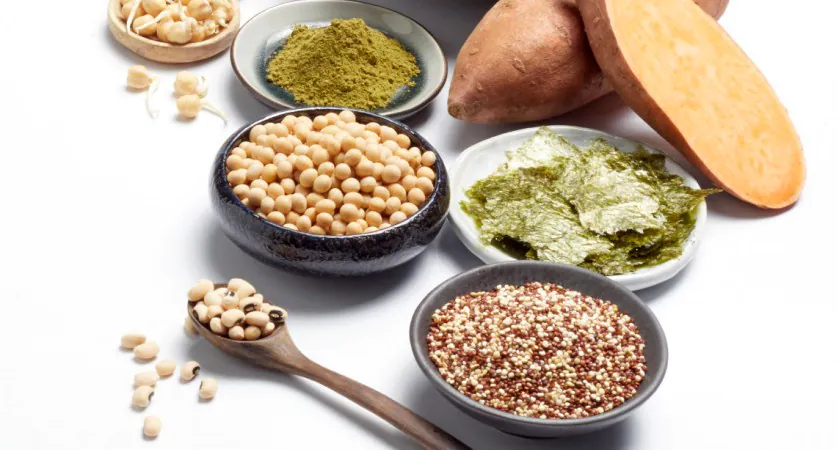
Leafy Greens:
Leafy greens are often thought of as being healthy, but in the future they may also be considered essential. As the population continues to grow and the amount of arable land diminishes, Leafy greens may play a vital role in the future food system. These plants are highly efficient at converting sunlight into energy, and they can be grown in vertical farms that use little water and land. In addition, Leafy greens are a good source of vitamins, minerals, and antioxidants.
As the world moves towards a more sustainable way of producing food, Leafy greens are likely to become an important part of the diet. So if you’re looking for a futuristic food to try, Leafy greens should be at the top of your list.
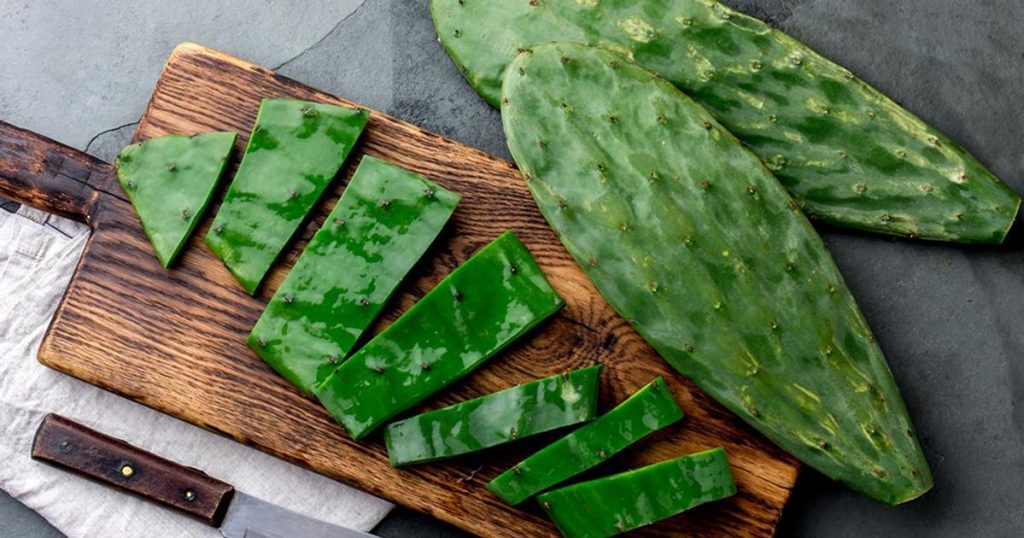
Nuts and Seeds:
Nuts and Seeds are the perfect example of a futuristic food that you should be eating soon. They are relatively simple foods that pack a big nutritional punch, making them ideal for a future world where resources may be scarce. Nuts and seeds are also highly versatile, able to be used in a variety of dishes or simply eaten on their own as a snack.
In addition, they are an excellent source of plant-based protein, essential vitamins and minerals, and healthy fats. As the world moves towards a more sustainable future, it is clear that nuts and seeds will play an important role in the food system. So make sure to include them in your diet sooner rather than later!
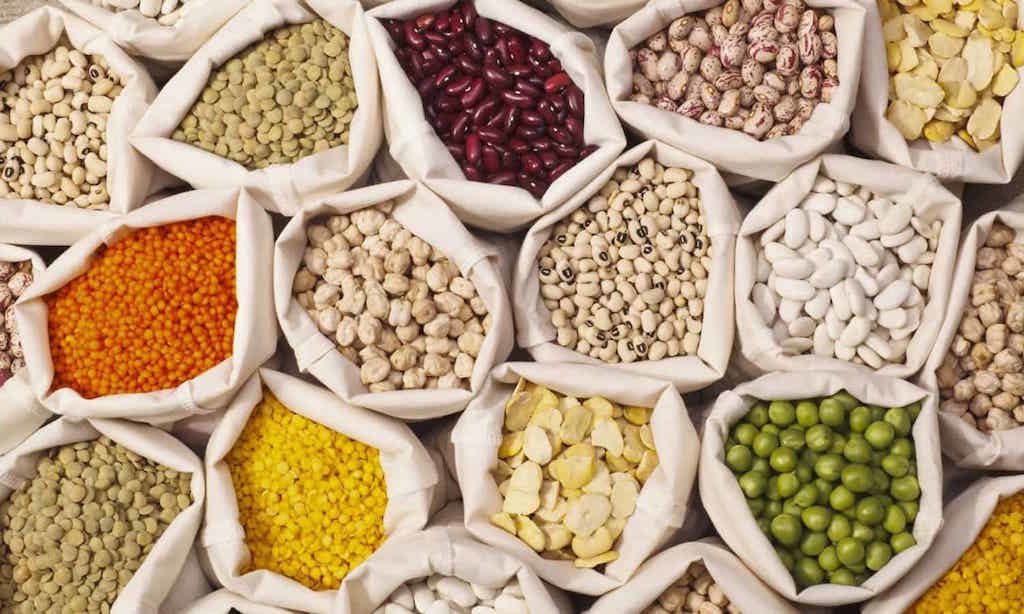
Tubers:
Tubers are a type of underground root vegetable that have been gaining popularity in recent years as a nutritious and sustainable source of food. There are many different types of tubers, such as potatoes, sweet potatoes, yams, and cassava. Tubers are an excellent source of complex carbohydrates, dietary fiber, vitamins, and minerals. They are also relatively low in calories and fat. For these reasons, tubers are often praised as a healthy alternative to other carbohydrate-rich foods, such as rice and pasta.
Additionally, tubers are considered to be more environmentally friendly than many other types of food crops. They require less water and land to grow, and they can be harvested using manual labor instead of heavy machinery. This makes them a more sustainable option for the future food system. Tubers are a versatile ingredient that can be used in many different dishes. They can be roasted, mashed, or made into chips or fries. They can also be pureed into soups or stews, or added to salads or veggie burgers. Tubers are a versatile and nutritious addition to any diet. So try adding some to your next meal!
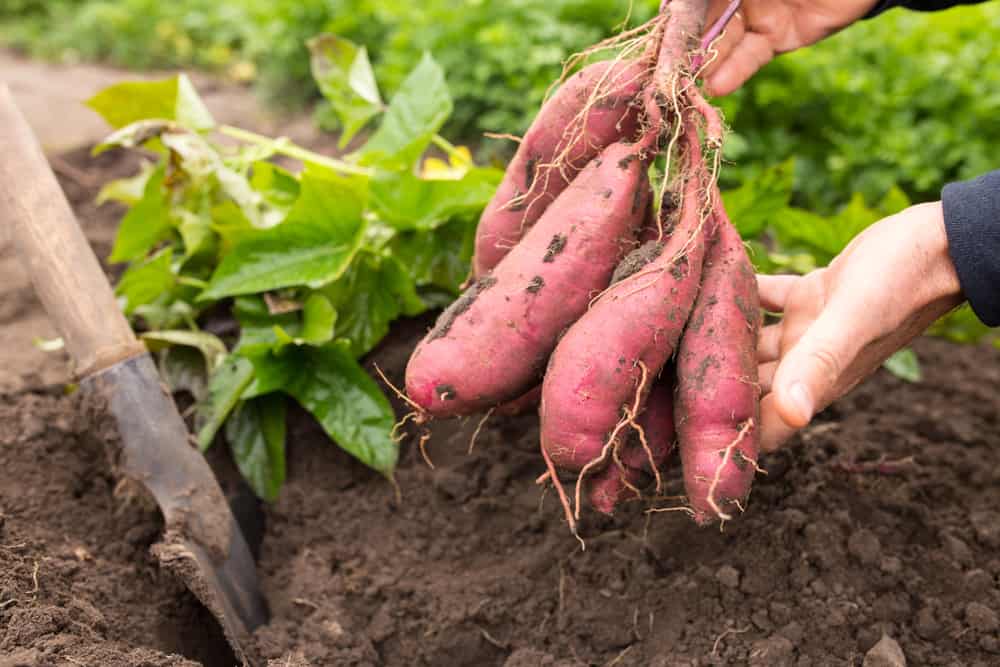
Fruit Vegetables:
Fruit Vegetables are set to become the next big thing in the world of food. For one, they are packed with nutrients and antioxidants that are essential for good health. They are also low in calories and fat, making them ideal for those who are watching their weight.
Moreover, Fruit Vegetables are highly versatile and can be used in a variety of dishes, from salads to main courses. Best of all, they are environmentally friendly and sustainably grown, meaning that they are good for the planet. So if you’re looking for healthy, delicious, and sustainable food to add to your diet, make Fruit Vegetables your go-to choice.
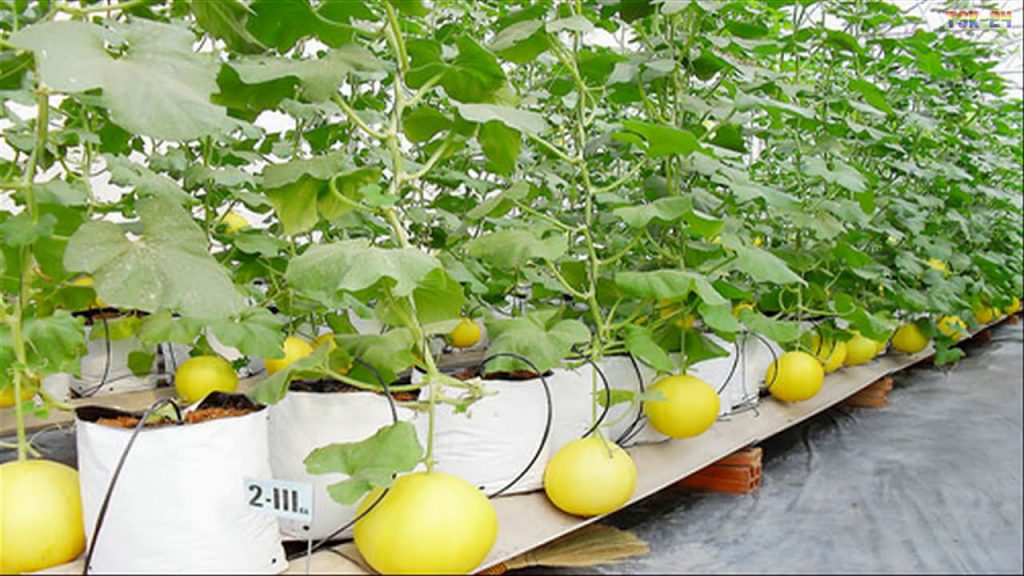
Root Vegetables:
Root vegetables are often overlooked in favor of more glamorous fruits and vegetables, but these humble plants may be the key to sustaining life on earth in the future. As the population continues to grow and put strain on our resources, root vegetables will become increasingly important as a source of food. Root vegetables are highly efficient at converting sunlight into energy, meaning that they can be grown in areas where other crops would fail. They are also highly nutritious, containing vitamins and minerals that are essential for human health.
In addition, root vegetables can be stored for long periods of time without losing their nutritional value, making them an ideal food to stock up on in case of emergencies. As the world continues to change, root vegetables will play an essential role in ensuring that we can all continue to enjoy a healthy and nutritious diet. So next time you’re at the grocery store, don’t forget to pick up some carrots, potatoes, and other root vegetables – they may just be the key to sustaining life on earth.
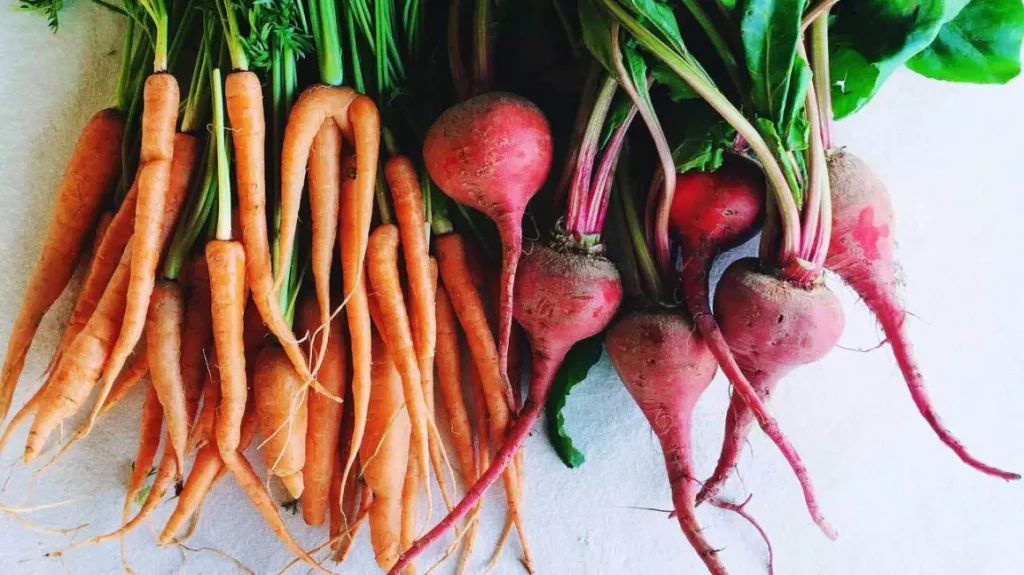
Sprouts:
Sprouts are one of the latest trends in health foods and for good reasons too. Sprouts are incredibly nutritious, containing high levels of vitamins, minerals, and antioxidants. They’re also a good source of protein and fiber. But what really sets sprouts apart from other healthy foods is their potential to improve human health in the future. Theys are a type of Futuristic Food, meaning they have the ability to prevent or cure disease and promote longevity.
For example, sprouts have been shown to protect against cancer, heart disease, and diabetes. They can also help to improve brain function and mental health. So if you’re looking for healthy food that can help you live a long and healthy life, make sure to add Sprouts to your diet!
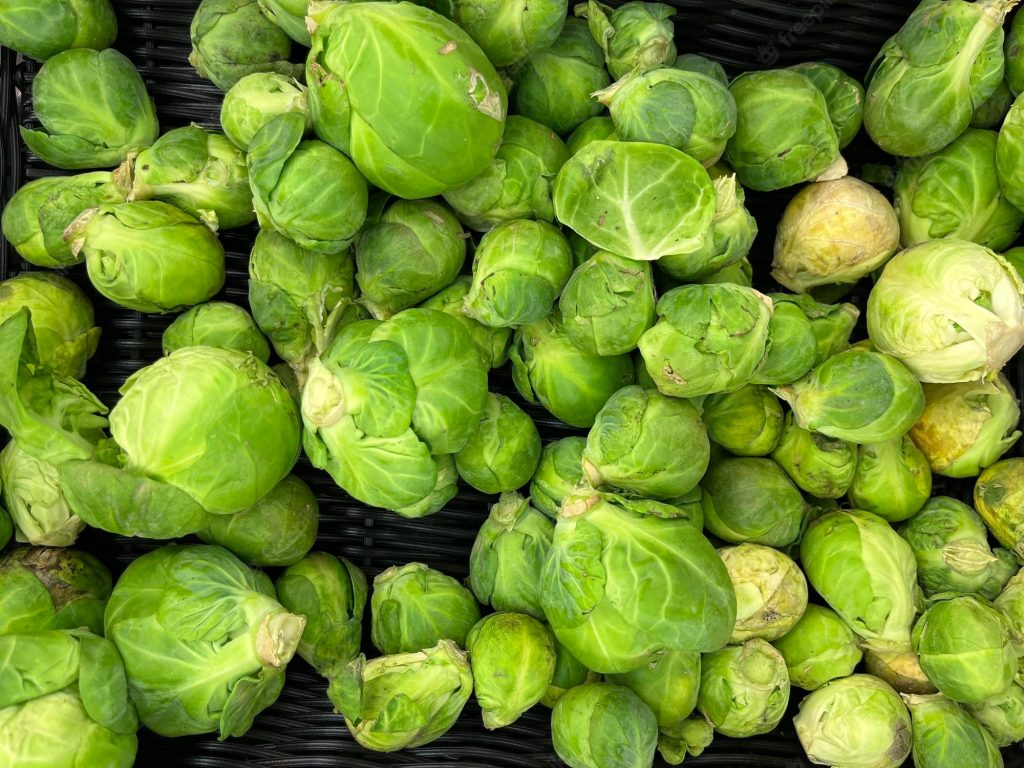
Cacti:
Cacti are often thought of as dry, desert plants that are more likely to harm than to heal. But in recent years, cacti have been gaining popularity as a source of food and medicine. And as the world looks to the future, cacti are emerging as a potential solution to some of the most pressing challenges facing our planet.
Cacti are extraordinarily efficient at converting sunlight into energy, and they can thrive in climates that are too hot and dry for most other plants. As the global climate changes and traditional agricultural regions become increasingly arid, cacti may offer a way to maintain food production. Indeed, cactus cultivation is already being used to combat desertification in parts of Africa and Asia.
In addition to their environmental benefits, cacti are also packed with nutrients. They are an excellent source of vitamins A, C, and E, as well as minerals like iron and calcium. And because they are so water-efficient, cacti can be an important source of hydration in areas where clean water is scarce.
So if you’re looking for a Futuristic Food that is good for you and good for the planet, cacti should be at the top of your list. As we face the challenges of the future, cacti may just hold the key to sustaining life on our ever-changing planet.
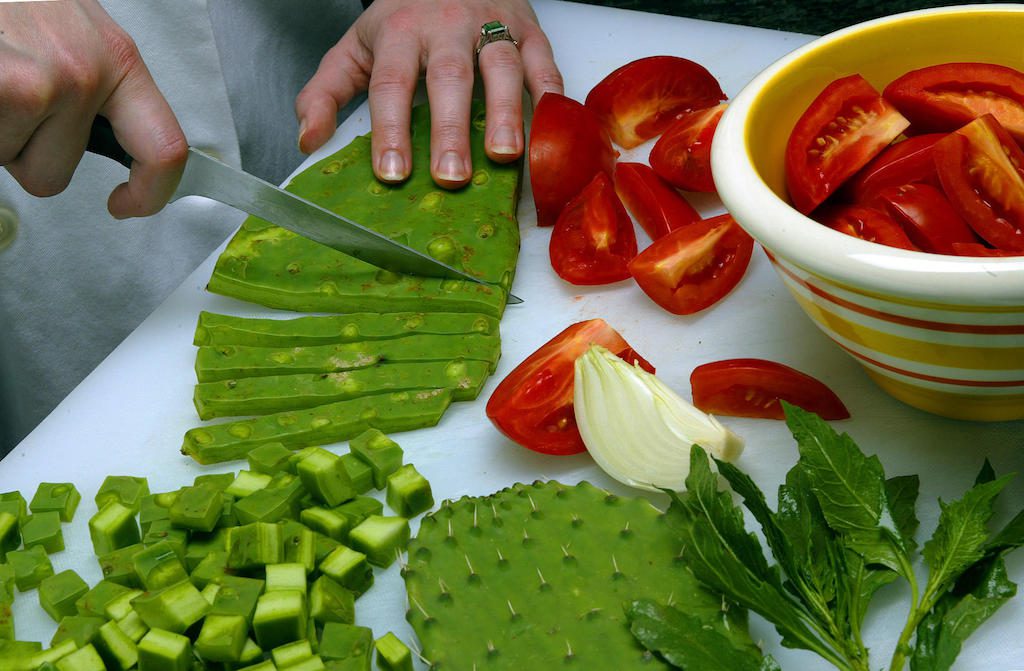
Conclusion:
Scientific research couldn’t bring more convenient and cheaper food options, but got the hope of overcoming sustainability issues. The food industries are playing a huge role in climate change. Meanwhile, Earth’s population is growing fast, and many are thinking about how to feed the 9 billion people who will be inhabiting the planet in 2030.
In this situation, the above futurist foods may be the best solution for the human being.
Michael C Vang is a passionate blogger. He has been blogging since 2013 on a variety of topics. He is committed to creating informative and engaging content that helps readers learn more about everything.


